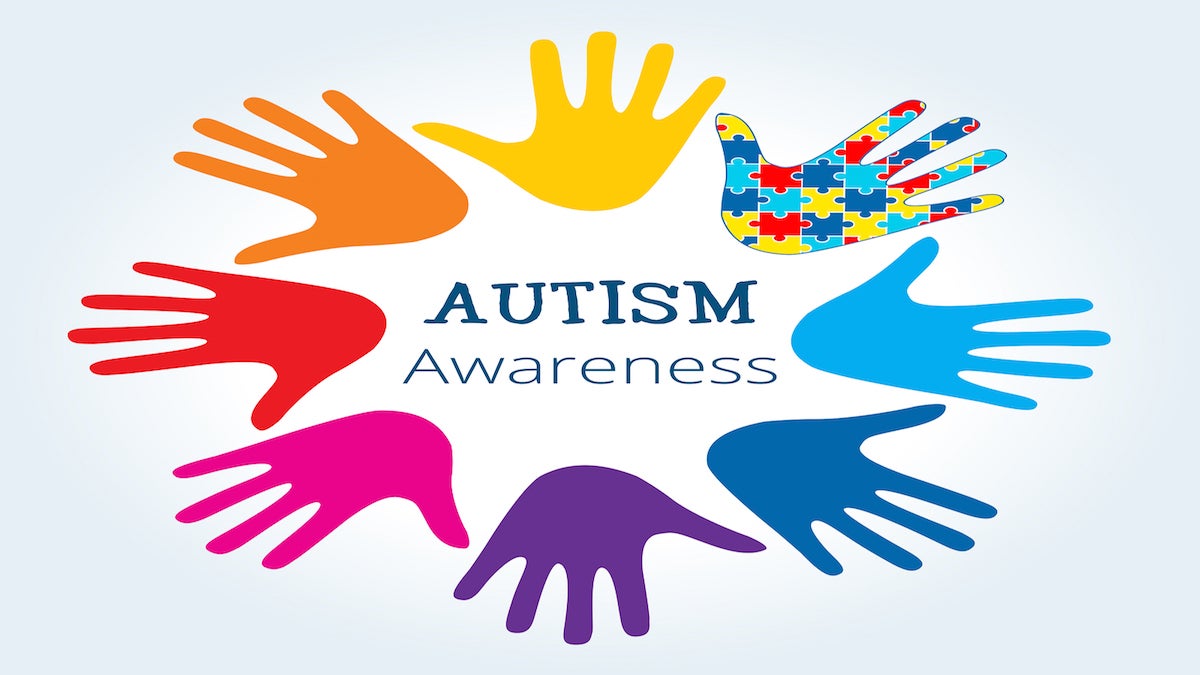3 percent of N.J. kids on autism spectrum
U.S. Sen. Bob Menendez says prevalence in New jersey is nearly double the national rate.

As the number of children with autism continues to rise, New Jersey’s rate is the highest among 11 states surveyed.
A Centers for Disease Control and Prevention study found that one in 59 children were diagnosed with autism spectrum disorder in 2014, a 15 percent increase from two years earlier.
Prevalence in New jersey is nearly double the national rate, with about 3 percent of children in the state affected, said U.S. Sen. Bob Menendez.
“These increasing rates only mean we need to redouble our efforts, keep up the pressure, continue expanding research, screening and support services for Americans with autism spectrum disorder,” said Menendez.
The findings are a wakeup call, said Tom Buffuto, executive director of ARC of New Jersey.
“When we see these numbers, we clearly have to do a better job of diagnosing children on the autism spectrum disorder earlier,” he said. “We must get them into early intervention programs so they get the support and service they need as soon as possible.”
Rutgers researcher Walter Zahorodny said undefined environmental risks contribute to the increase, but better awareness may also be playing a part.
“In New Jersey, the child is more likely to be identified with autism — and if he or she has autism — to be identified earlier and to receive interventions sooner than in most other states,” he said.
Researchers intend to launch a large-scale autism screening initiative in New Jersey to help identify children with autism who go undetected before the age of 3.
The Autism and Developmental Disabilities Monitoring Network estimates are combined from 11 communities within Arizona, Arkansas, Colorado, Georgia, Maryland, Minnesota, Missouri, New Jersey, North Carolina, Tennessee, and Wisconsin. The 11 communities surveyed in this report represent about 8 percent of 8-year-old children in the United States.
WHYY is your source for fact-based, in-depth journalism and information. As a nonprofit organization, we rely on financial support from readers like you. Please give today.




